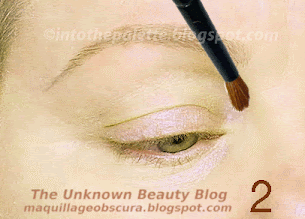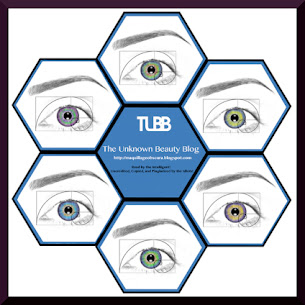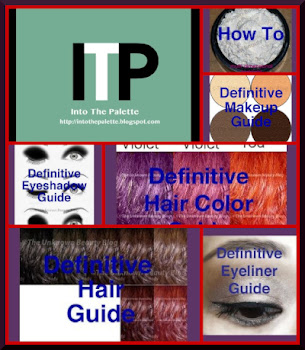My last post, I covered the explanation of the anatomy or structure of a hair strand. This post, I will explain how the anatomy works.
The diagram below is a lengthwise section of a hair strand. The center (black) is the medulla or the spine of the hair. The cortex is represented by the brown since all hair color is a form of brown. The cuticles (dark red) are the little overlapping flaps which protect the cortex.
The Cuticle
Hair that has never been processed by chemical means has a smooth outlying cuticle structure. This will make the hair appear smooth, shiny, healthy, and strong.
However, once the cuticle becomes damaged from brushing, heat, and chemical means; light will hit the hair strand unevenly making it look dull, frizzy, and damaged. Depending on the health of the hair, certain products will work to protect the hair temporarily by coating it.
Styling products will smooth out the outer layer giving the illusion of shine and filling in the spots where the cuticle may have been roughed up.
In other words, the cuticle of the hair can be fixed with hair products temporarily, but when it comes to the cortex, this is where the danger lies.
The Cortex
The cortex shown in brown is where it is all happening! As mentioned in the previous post, the width of this area will determine the thickness of your hair. The melanin content will determine the color of your hair. The behavior of your protein bonds will determine how your hair will behave.
The cortex contains the pigments of your hair. This is the area where you will change it if you want a different color.
This is also where the keratin bonds are housed. What are keratin bonds? They are chains of protein which link together to give it the shape it is — straight, wavy, curly. When you use chemicals to change these bonds, you are breaking them and trying to reconnect them to different ones to change the structure of the hair. Examples: Straight to curly via a perm; curly to straight via relaxer or other method.
What I heard long ago was hair of African origin have more protein, this makes their hair much different in structure than others. This allows the hair to be washed less frequently and should be handled less frequently due to its fragile nature. Chemical relaxers will change the structure of these protein bonds with sodium hydroxide making it more fragile. Without careful monitoring, it can also burn the scalp.
Damage
Your hair is beyond repair when both the cuticle and the cortex have nothing left to hold or shape into. All your protein bonds are broken.
Notice the picture of my hair below, you see the faded part? That is damaged hair. Color will not stay well since the cortex is too bullet-ridden from the chemicals! Damaged hair will lose its elasticity and become very fragile. It will feel gummy and just break off when it is dry. The only way to fix this damage is to cut it.
Hope this post helped some of you understand your hair strand anatomy. Stay tuned for more in the next post.
Olivia

















